January 16 @ 5:30 PM – 7:30 PM
Foundations of Shellfish Farming is a training course for new and prospective farmers and those who simply seek to learn more about aquaculture practices and techniques. Topics that will be covered include how to establish and operate a shellfish business; leasing and permitting requirements; considerations for gear, vessels, and facilities, shellfish biology, aquaculture techniques and best practices, and risks involved in farming shellfish. Although the course will concentrate on Long Island Sound waters within the jurisdiction of Connecticut, the topics and practices covered are applicable in the Northeast United States and potentially beyond.
The course begins on January 16th and runs on Tuesdays until April 2nd.
Related Events
In honor of National Farmer’s Day, the Connecticut Department of Agriculture and Governor Ned Lamont are asking Connecticut residents to incorporate locally grown and produced items into every meal this fall
This fall, the Connecticut Department of Agriculture’s (CT DoAg) CT Grown program challenges consumers across the state to “Put CT Grown On Your Plate,” a new program that asks residents to make room on their plates for Connecticut-grown or produced foods at every meal.
This program serves as a reminder to all Connecticut residents that they have the opportunity to incorporate fresh, healthy, and delicious foods into their everyday diets while also supporting the state’s agriculture and aquaculture communities.
“When you eat food that was grown in Connecticut, you are not only getting a nutritious meal, but you are also supporting your neighbors who work in Connecticut’s agriculture industry,” Governor Ned Lamont said. “With more than a hundred farmers’ markets operating across the state and dozens upon dozens of stores selling locally grown food, everyone has the opportunity to support Connecticut farmers.”
Connecticut is home to more than 5,500 farms covering more than 380,000 acres. The state’s agriculture industry supports 22,000 jobs in production, processing, or agribusiness and contributes approximately $4 billion to the state’s economy each year. With more than 100 farmers’ markets operating across the state, Connecticut consumers have access to fresh, local foods year-round. Eating local foods supports farmers and growers, bolsters the state’s economy, and greatly benefits the general public health.
“Adding CT Grown foods to your meal plans is a great way to promote healthy eating habits while supporting our state’s diverse array of farmers and producers,” said Bryan P. Hurlburt, Commissioner of CT DoAg. “Incorporating these locally grown or made foods can be as simple as packing an apple or milk in your child’s lunch box or seeking out the CT Grown logo at your local grocery store or dining venue.”
Read 10 Ways to Put CT Grown Products on Your Plate Every Day
Through a pair of programs — Supplemental Nutrition Assistance Program (SNAP) and the Farmers’ Market Nutrition Program (FMNP), Connecticut Grown food products are accessible to families of all income levels and budgets.
The Connecticut Department of Agriculture strongly encourages people who receive SNAP benefits to use them at farmers’ markets. Most markets accept these benefits, allowing them to be used for the purchase of fruits, vegetables, cut herbs, and honey. Some markets help these benefits go even further by doubling benefits for fruit and vegetable purchases.
Most farmers’ markets in Connecticut are affiliated with FMNP, which serves participants of Women, Infants, and Children (WIC) and seniors over the age of 60 and meets income eligibility guidelines with funds through an app or card to purchase fresh fruits, vegetables, cut herbs, and honey. The FMNP program is accessible between July 1 and November 30 each year.
Orr will be a CT Grown ambassador working with farmers and consumers to help increase awareness of Connecticut’s rich agriculture and aquaculture industries
Connecticut’s farming industry will have a new voice and face this fall as renowned farmer and cheesemaker Lily Orr has signed on as the new ambassador for CT Grown. Orr, who was raised on a multigenerational dairy farm in Thompson, will be highly visible throughout the state’s entire agricultural landscape — from making video content and social media posts to appearances at agricultural fairs and visiting farms in every corner of Connecticut.
Orr was raised at Fort Hill Farms in Thompson, a third-generation dairy farm committed to sustainability and diversification. After graduating from the University of Connecticut with a degree in Natural Resources and Environmental Science, she worked at Connecticut Farmland Trust, assisting with easement acquisition and managing the CT FarmLink program. Lily currently works as the Pasteurized Cheesemaker at Cato Corner Farm in Colchester, an award-winning farmstead cheesemaker.
“We are excited to welcome Lily Orr to the CT Grown team,” said Bryan P. Hurlburt, Commissioner of CT DoAg. “Lily is a great asset to the Connecticut agricultural community and an ideal candidate for this role. She has the education, experience, and personality to make a strong connection with the people of Connecticut and demonstrate the value of our agricultural industry by showcasing the amazing farms, farmers, and producers throughout our state.”
As part of her ambassadorship, Orr will regularly meet with farmers to help amplify their presence and spread awareness about the foods and products they are producing. She will also produce content for social media, blogs, and newsletters — including creating informative and educational videos.
“I grew up on a farm that was very diverse; we had dairy cows, a plant nursery, pick-your-own berries, a corn maze, an ice cream shop, a biodigester — you name it,” said Orr. “Through it all, my grandparents and parents instilled in me to be proud of what we grow, produce, and give back to the local community. I’m honored to assume a role that will help spotlight Connecticut farmers and the growing agricultural potential of our state with the CT Grown brand.”
Looking for a fun day out this fall? Make sure you include CT Grown on your itinerary! With tasty products and unforgettable experiences all throughout the harvest season, Connecticut farms help give autumn its unique character. Whether you’re looking for an interesting weekend activity or need a fun family excursion, you can find it at a local farm.
Don’t miss these CT Grown experiences while celebrating the “fall-idays” this year.
Pick your own apples
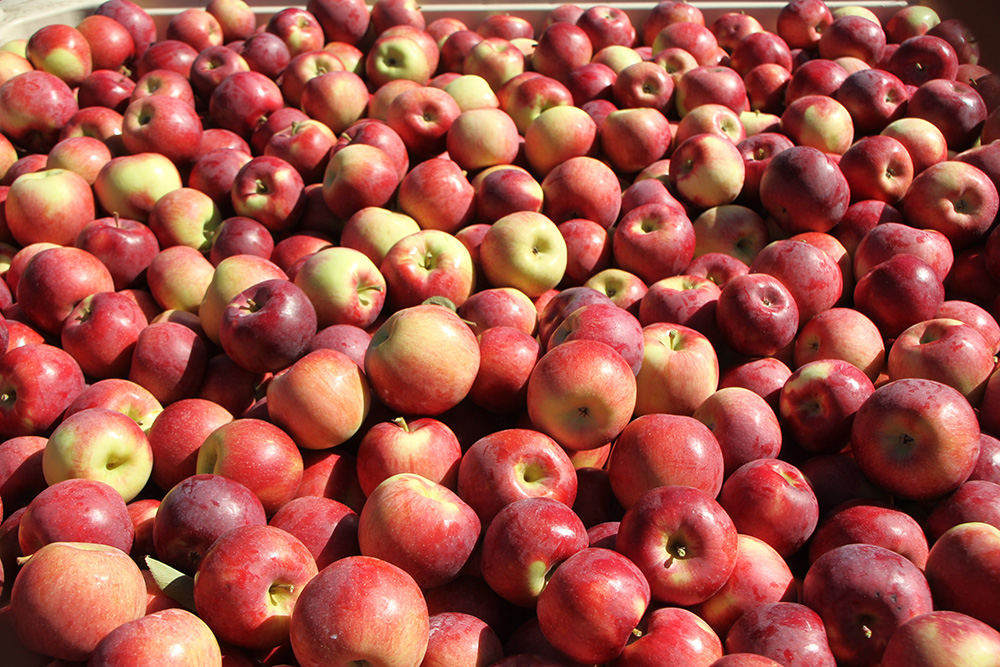
For many Connecticut families, visiting an apple orchard and picking your own apples is a beloved tradition. Take home a bag for snacking, or grab a few bushels to use in your baking and keep in storage during the winter. Please be sure to check ahead for availability, and follow the farm’s rules for the best experience.
Get some apple cider

We look forward to apple cider all year! This tangy beverage is delicious whether it’s warmed up with cinnamon and spices, served cold, or served extra cold as a cider slushie. And once cider season is back, apple cider donuts make their return as well! These treats are the perfect balance of apple, cinnamon, and sugar, and are a must-have to complement the crisp fall days.
Visit a pumpkin patch

Whether you need to find just the right pumpkin for a Halloween jack o’lantern or a selection of smaller specimens for your fall decorations, a visit to the pumpkin patch is in order. This is a particularly fun activity for children, who love to scramble among the pumpkins and find one that catches their eye.
Get lost in a corn maze
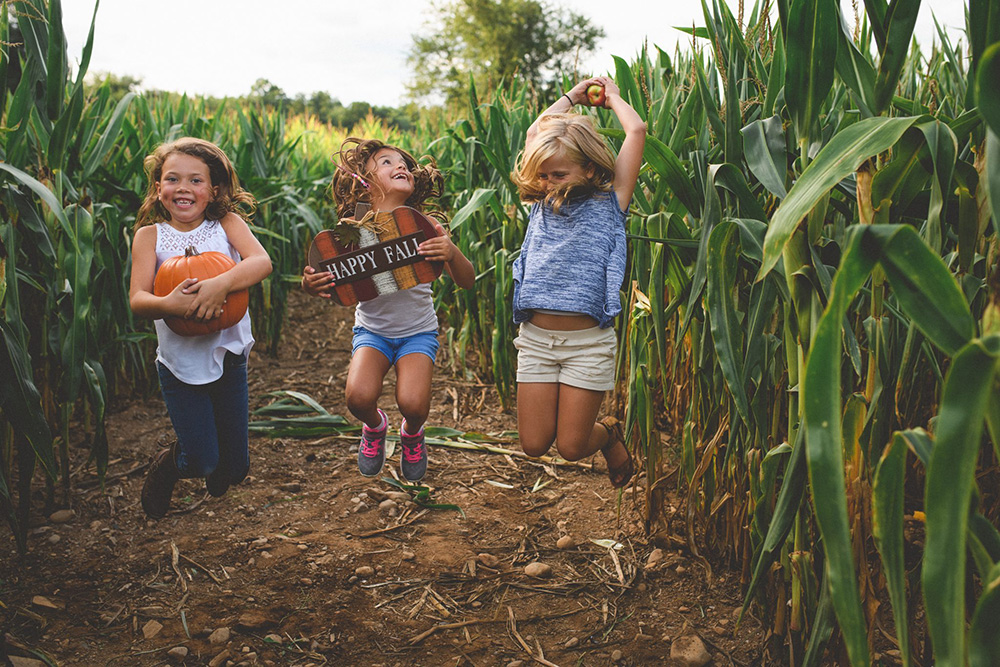
The distinctive corn mazes at Connecticut farms are projects that take months of planning and preparation. Once fall arrives, you can see the results of all this hard work and challenge yourself to navigate these intricate labyrinths. In addition to daytime visits, farms often schedule special evening events inviting people to try the maze by flashlight.
Enjoy a hayride

A hayride is a uniquely fall-flavored way to tour the farm fields. Hay bales are stacked in a wagon to provide surprisingly comfortable seating as a tractor pulls you along. Some farms pair hayrides with special fall events, such as spooky “haunted hayrides” for Halloween.
Have some seasonal ice cream
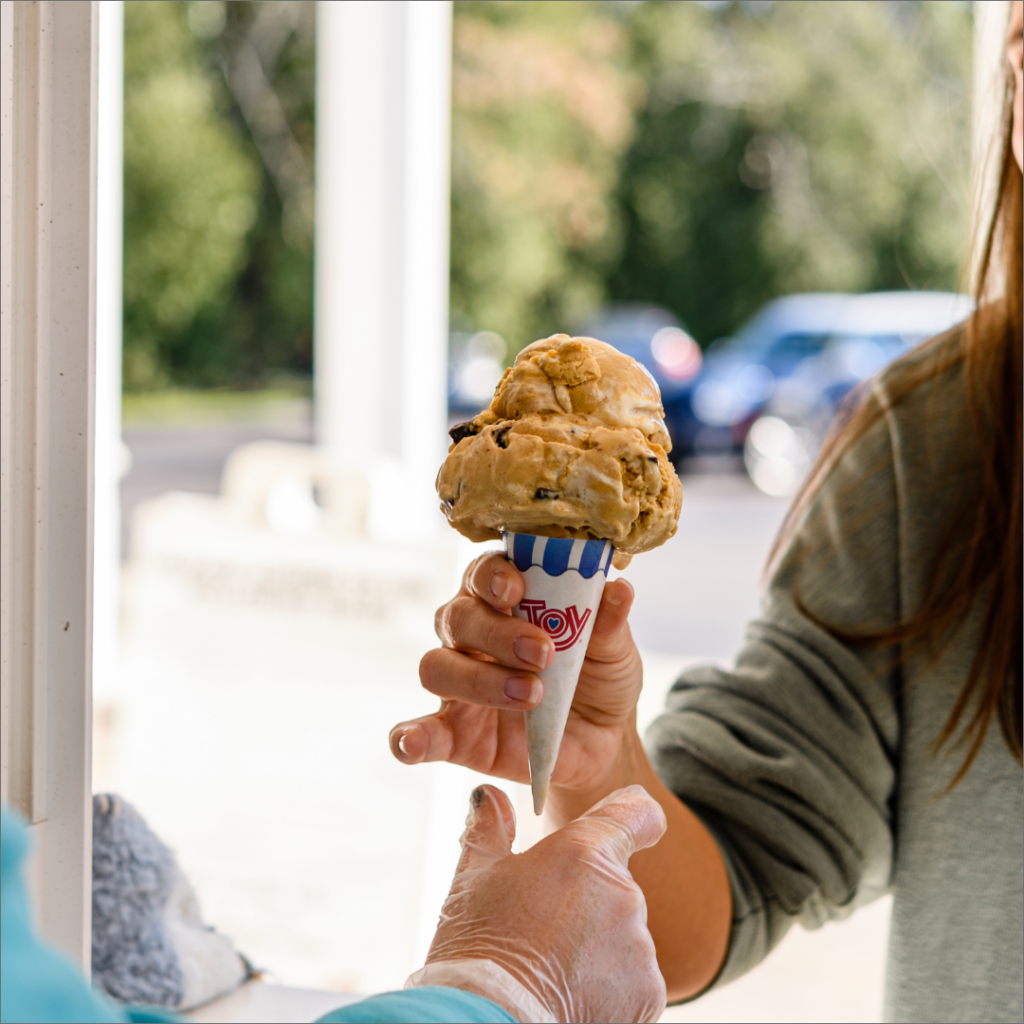
Too chilly for ice cream? Never! Though temperatures are dropping, farm ice cream stands remain open with fall flavors like pumpkin, gingerbread, or apple pie. Many of these stands close for the winter, so don’t miss this last chance for a special treat!
Find a fall fair or festival

Join the festivities! Fall is a popular time of year for festivals in Connecticut, with events celebrating the state’s bounty of apples, pumpkins, garlic, flowers, and more. Agricultural fair season winds down in October, but there are still a few last celebrations you can check out during the fall.
Stop by the farmers’ market

Most CT Grown products are in season in October, and the local farmers’ market is a great way to put CT Grown on your plate! You can find a market in just about every community in Connecticut, giving you a chance to peruse goods from local farms, connect with farmers, and enjoy live music and other activities. Outdoor farmers’ markets typically close their season at the end of October, but many communities continue their markets indoors during the winter.
Celebrate Aquaculture Month

Connecticut’s seafaring traditions have been part of the state’s culture for generations, with the proximity of Long Island Sound and the Atlantic Ocean giving the state convenient access to a wide range of aquaculture goods. There are 60,000 acres of shellfish beds harvested commercially along the Connecticut shoreline, and you can also find products like clams, mussels, lobsters, squid, and finfish hauled in by local fishermen. Kelp has also been growing in popularity, with a growing number of coastal farms harvesting this product.
Get ready for Thanksgiving
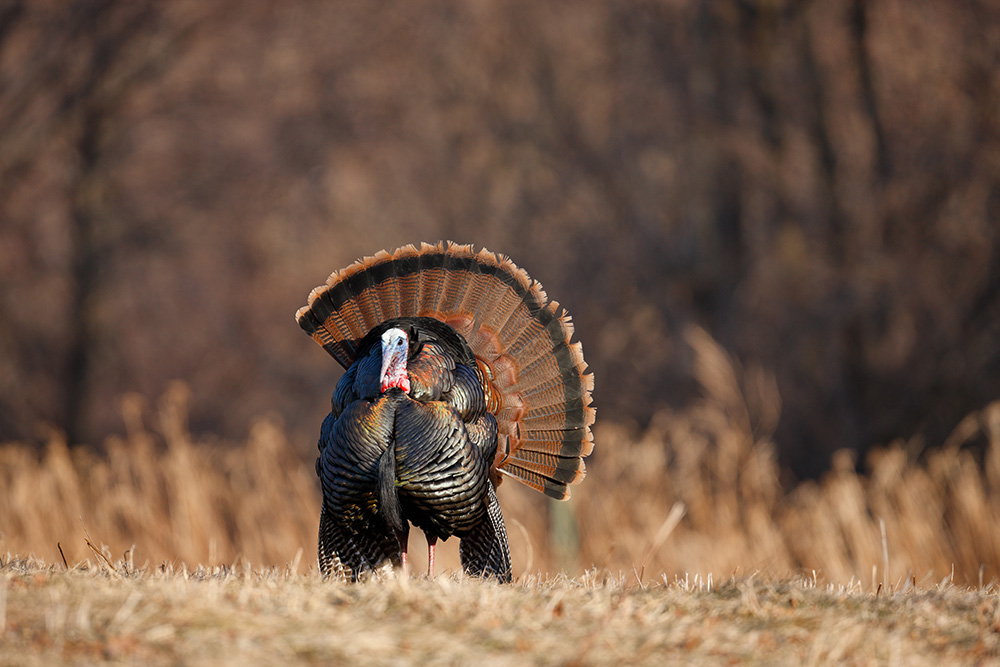
Start your preparations for the big Thanksgiving feast early! CT Grown farms are taking orders for turkeys, and reserving your bird ahead of time helps guarantee that you’ll have one available in November. You can also check with your local farm to get potatoes, green beans, homemade pies, wines, and other supplies for the holiday.
April 20, 2023 @ 9:00 AM – 5:00 PM
During New England Kelp Harvest Week, the region’s sugar kelp producers partner with restaurants and chefs to feature amazing culinary creations. Visit the web site for a full list of participating restaurants and places to buy kelp.
Related Events
January 24, 2023 @ 5:30 PM – 7:30 PM
Foundations of Shellfish Farming is a training course for new and prospective farmers and those who simply seek to learn more about aquaculture practices and techniques. Topics that will be covered include: how to establish and operate a shellfish business; leasing and permitting requirements; considerations for gear, vessels, and facilities, shellfish biology, aquaculture techniques and best practices, and risks involved in farming shellfish. Although the course will concentrate on Long Island Sound waters within the jurisdiction of Connecticut, the topics and practices covered are applicable in the Northeast United States and potentially beyond.
The course runs weekly through April 11. It meets the Connecticut Department of Agriculture eligibility requirement for the submission of a Joint Agency Application for Marine Aquaculture.
Sponsored by the Connecticut Sea Grant, UConn Extension, and the Connecticut Department of Agriculture
Related Events
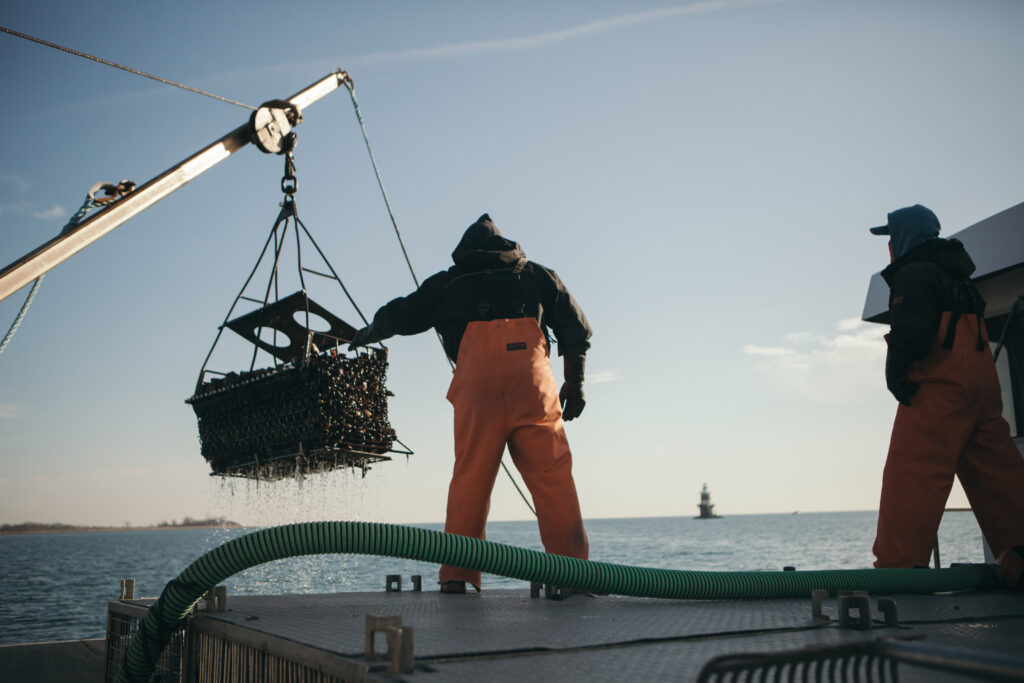
More than 31 million oysters were harvested commercially from 60,000 acres of shellfish beds along the Connecticut coast in 2019. For those keeping count, that’s about 9 oysters for every single resident in our agriculture and aquaculture-rich state.
“Connecticut is fortunate to have such robust aquaculture resources that have been protected through the wise actions of our prior generations,” shares David Carey, director of the Connecticut Bureau of Aquaculture. “I’m pleased to see so many of our residents and visitors enjoying our locally-sourced seafood products and we look forward to continued growth of Connecticut’s aquaculture as we explore new opportunities.”
While October is commonly associated with the apples, pumpkins and other seasonal products of the harvest season, it’s also a time when we recognize the other producers that supply our favorite fish markets, clam shacks, and shore dinners. National Seafood Month recognizes the abundance, quality, and effort that goes into the daily aquaculture harvest and the race to keep it fresh.
Shellfish
Shellfish plays a significant role in Connecticut’s aquaculture sector. All along our coastline, you can find an abundance of oysters, clams, mussels, bay scallops, and edible snails such as whelks and conch.
Here’s a look at the impact shellfish have had on Connecticut’s economy:
- Connecticut’s shellfish industry has 50 farms and 28 wholesale distributors
- The shellfish industry supports more than 300 jobs in the state
- Shellfish sales to consumers generate about $30 million each year
- Nearly 10,000 people apply for recreational shellfishing permits each year, supporting Connecticut towns with about $100,000 in revenue
With a vibrant industry so close at hand, consumers can easily find fresh CT Grown shellfish at local fish markets and farmers’ markets. At eateries ranging from humble clam shacks to upscale seafood restaurants, you can experience how Connecticut chefs are turning the local catch into delicious meals.
You can find out more about local oyster options here. Or, if you need some help shucking an oyster or clam, check out this tutorial.
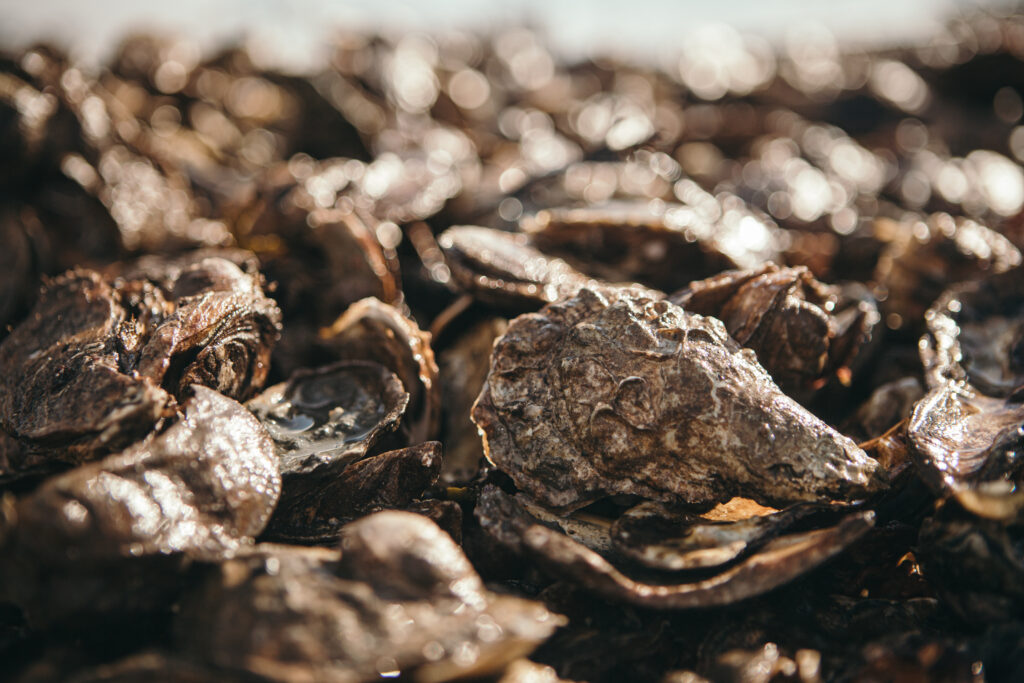
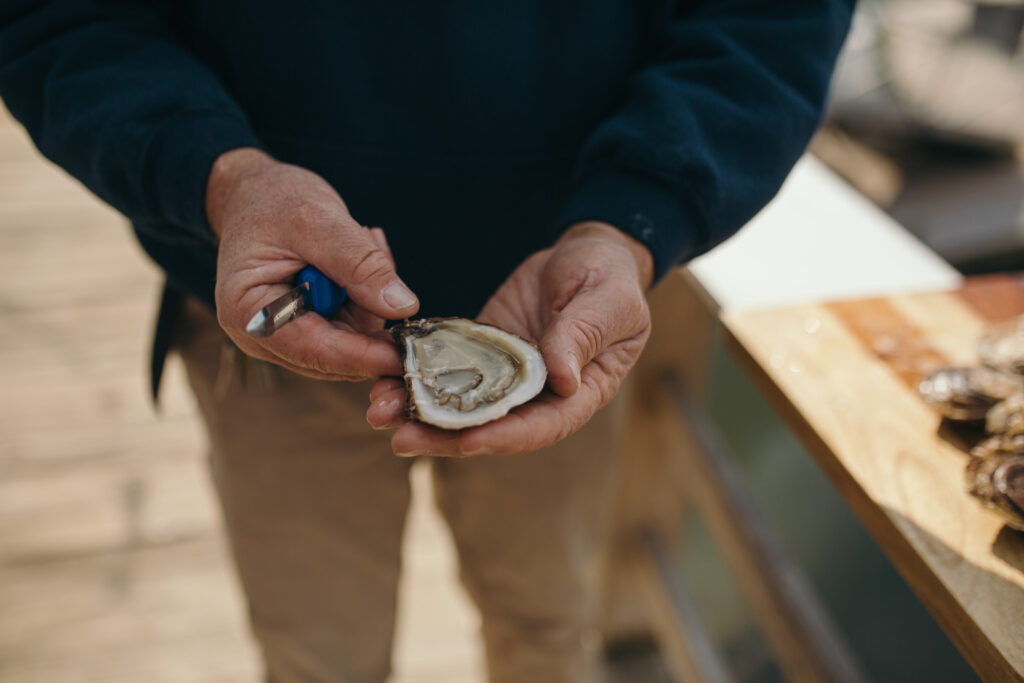
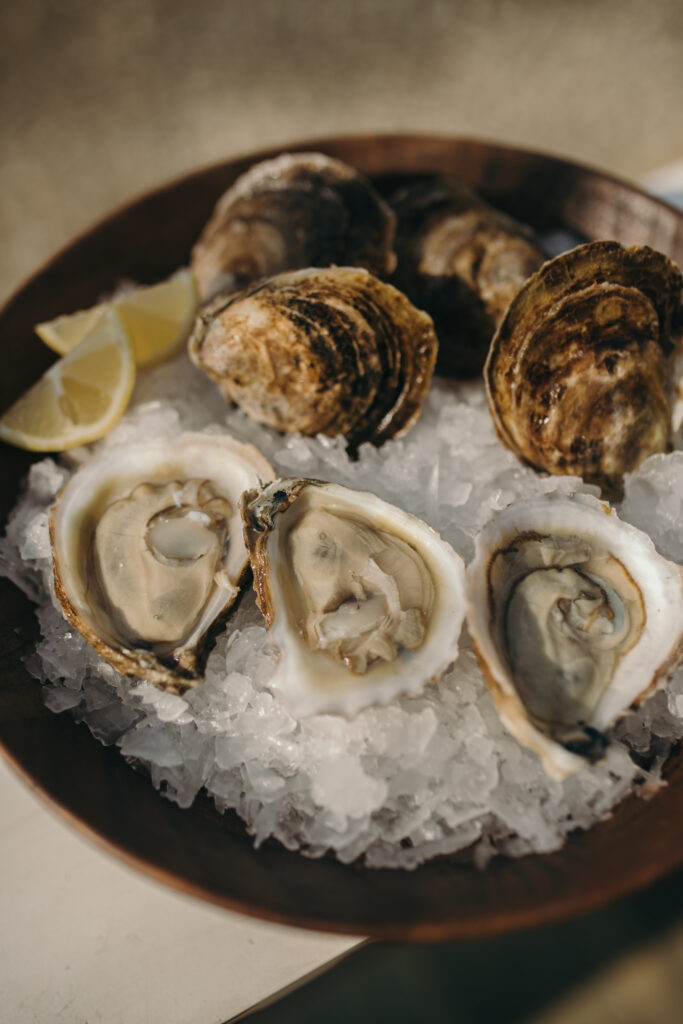
Shellfish are not only a delicious source of food, but also offer several benefits to marine environments. By consuming and storing excess nutrients, they help to improve water quality and prevent algal blooms. Shellfish like oysters act as foundational species, forming reefs that provide habitats for other creatures.
Connecticut has a proud history of sustainable practices in shellfish, dating back to a 1750 law allowing towns to regulate their own harvests to prevent overfishing. The recently released Connecticut Shellfish Restoration Guide looks to ensure the future of the industry by increasing shellfish and fisheries production, strengthening coastal habitats, improving water quality, and stabilizing shorelines.
The Connecticut lobster roll
Look, we know Maine is supposed to be the New England champion when it comes to lobster. But ask the locals in Connecticut, and they’ll tell you we do a better lobster roll.
For one thing, we invented it. The story goes that sometime in the 1920s, a regular customer at Perry’s restaurant in Milford asked owner Harry Perry if he could prepare his lobster off the shell and on a roll. Harry was up to the challenge, and the rest is history.
The lobster roll that originated at Perry’s is still a favorite in our state. Instead of the lobster salad mixed with mayonnaise and served cold, the Connecticut lobster roll is served warm, drizzled with butter, in a toasted hot dog bun.
While lobster rolls are traditionally summer fare, many Connecticut lobster shacks are still open through the fall. Find one near you, and give this delicious sandwich a try.
Seaweed
A more recent addition to the CT Grown menu is seaweed and kelp, raised locally to be sold to restaurants and directly to the consumer. A small number of producers have started working fifteen permitted seaweed sites for the cultivation of sugar kelp and Gracilaria.
Not sure how you can incorporate seaweed into your cooking? Check out this seaweed cookbook for a wealth of ideas.
Like shellfish, seaweed and kelp help clean the water by absorbing carbon, phosphorus, and nitrogen as they grow. In addition, some of the seaweed grown in Connecticut waters ends up being used as a fertilizer — an innovative way aquaculture is supporting onshore agriculture.
With more than 300 miles of shoreline, people in every Connecticut community can access fresh, locally sourced seafood. Look for CT Grown aquaculture products at your local market and your favorite restaurants.
